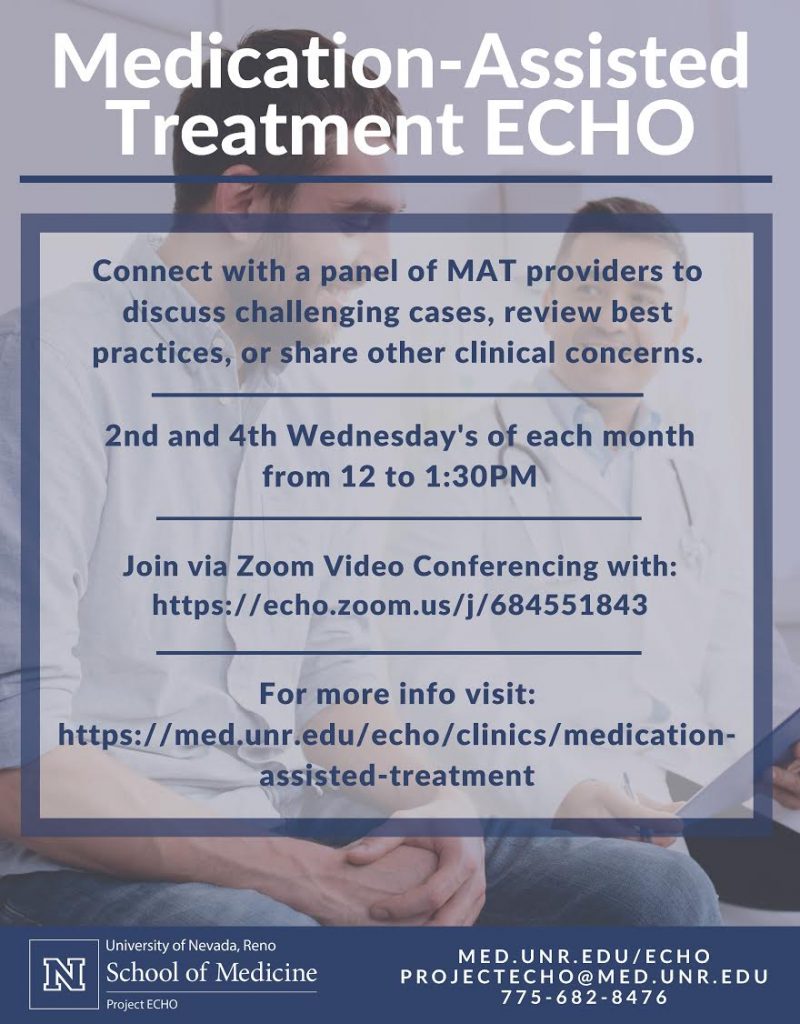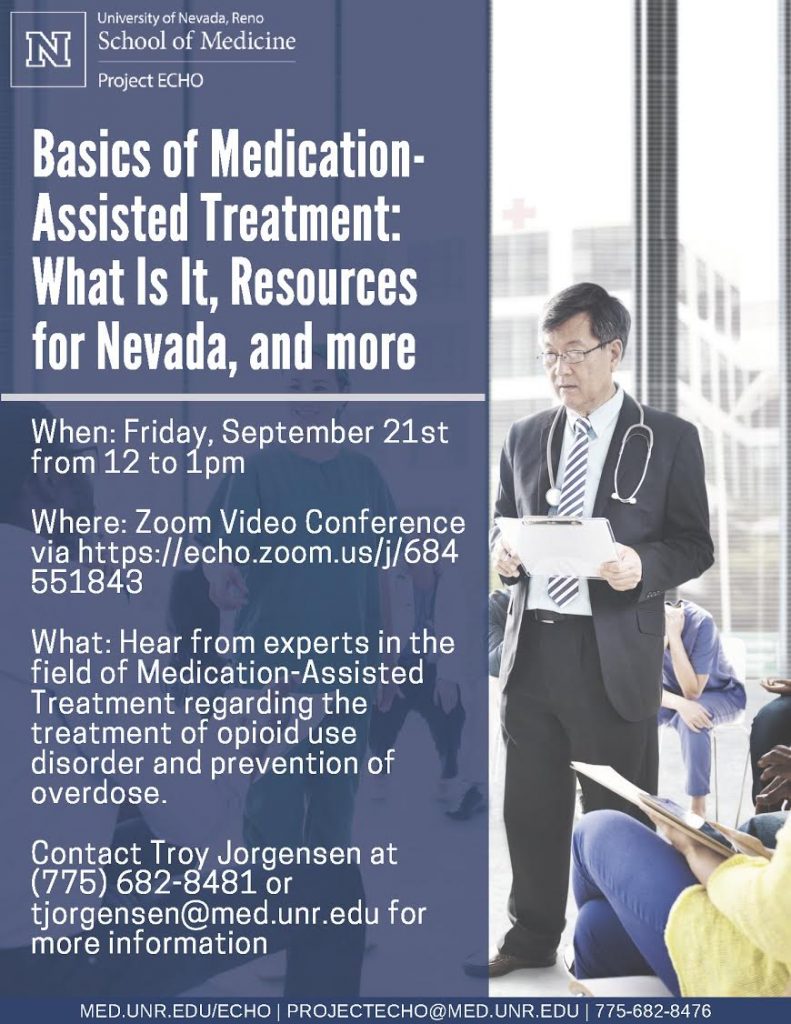Seventy-two thousand deaths: the estimated number of people in the US who died from drug overdoses in 2017. This amounts to over 190 deaths per day. Nearly 2/3 of these deaths were connected to opioids. CASAT on Demand’s introductory article on Opioids describes the history and current state of this epidemic in the US. With more than a 10% increase in deaths from 2016 levels, it appears that despite the current efforts, more work is necessary. Just this week (September 18th, 2018) Congress took a step by passing new legislation to combat this epidemic. These set of bills, collectively known as the Opioid Crisis Response Act of 2018 approaches this task in many ways. Some of the more prominent components are preventing illegal drugs from entering the US by improving screening of international postage, funding recovery centers and support groups, researching new pain killers, providing funding and training on prevention. What the final bill will look like and its effectiveness is yet to be determined, but hopefully it is a step in the right direction.
With Congress taking steps towards fighting the epidemic what is the behavioral health field doing to start making progress? The field has been making headway for many years using a very successful treatment called Medication Assisted Treatment (MAT) since the 1950s. Medication Assisted Treatment has decades of positive research and support from various organizations and entities such as the World Health Organization (WHO) and the National Institute on Drug Abuse (NIDA). According to the Substance Abuse and Mental Health Services Administration (SAMHSA) Medication-Assisted Treatment (MAT) is the use of FDA- approved medications, in combination with counseling and behavioral therapies, to provide a “whole-patient” approach to the treatment of substance use disorders. SAMHSA continues that “these medications relieve the withdrawal symptoms and psychological cravings that cause chemical imbalances in the body” and when provided in the proper dose, “have no adverse effects on a person’s intelligence, mental capability, physical functioning, or employability.”
The FDA approved medications for Opioid Use Disorder (OUD) are methadone, buprenorphine (Suboxone, Subutex) and naltrexone (Revia, Vivitrol). The list below only briefly outlines how and why each medication works. It is important to remember that these medications are most useful in combination with behavioral therapies and counseling.
- Methadone makes the brain feel like it is still getting the other drug while simultaneously reducing the pain of withdrawals and blocking the high. It is only offered through a certified treatment program.
- Buprenorphine diminishes the physical dependency to opioids, by producing a lower effect of euphoria than heroin or methadone. This lowers the potential for misuse and increases the safety in cases of overdose.
- Naltrexone binds and blocks opioid receptors, blocking opioid cravings. It also prevents the feeling of getting high. Naltrexone can also be injected in a once-a-month extended release injectable form.
More information can also be found in TIP 63 Medications for Opioid Use Disorder.
For those of you in Nevada, the University of Nevada, Reno, is hosting a Basics of Medication Assisted Treatment ECHO presentation this Friday, September 21st from 12-1 pm. An Echo Clinic is a “simple telehealth linkage connecting university-based faculty specialists to primary care providers in rural and under-served areas to extend specialty care to patients with chronic, costly, and complex medical illnesses.” This MAT training will let participants hear from experts regarding the treatment of opioid use disorder and prevention of overdoses. The session will also focus on the current resources in Nevada. The training takes place on a Zoom Video Conference via https://echo.zoom.us/j/684551843 and is the first in a series of sessions on Medication Assisted Treatment that takes place on the 2nd and 4th Wednesday between 12-1:30. For further assistance please call the Medical School at 775-682-8476.
Even though SAMHSA, WHO, NIDA, and other organizations recommend MAT for treatment there is concern outside of the behavioral health field. Many people still have trouble getting over the stigma. For many years people and other organizations didn’t support it because they thought it was a substitution of one drug for another. While this is true in one sense, the medications are provided in a safe manner and it eliminates the high or craving aspect that often interferes with a person being able to meet their daily obligations effectively. While there are always some risks with drugs and everyone’s reaction may be different, MAT is the safest method of treatment for opioid use disorder. There are many courses available through CASAT Learning.
- Medication Assisted Treatment (MAT) https://www.casatlearning.org/all/self-paced/medication-assisted-treatment-mat-self-paced-online-course
- The Science and Practice of Treating Pregnant Women with Opioid Use Disorder https://www.casatlearning.org/all/the-science-and-practice-of-treating-pregnant-women-with-opioid-use-disorder-self-paced-online-course
- Gambling and Opioid Use Disorder: Intersections and Integration https://www.casatlearning.org/all/self-paced/self-paced-online-gambling-and-opioid-use-disorder-intersections-and-integration
- Naloxone/Narcan Administration Training https://www.casatlearning.org/all/self-paced/naloxone-and-narcan-administration-training-for-law-enforcement
For further information please check out the Nevada State Targeted Response to Opioids (STR) page and the Health and Human Services’ 5 Point Strategy to Combat the Opioid Crisis.


